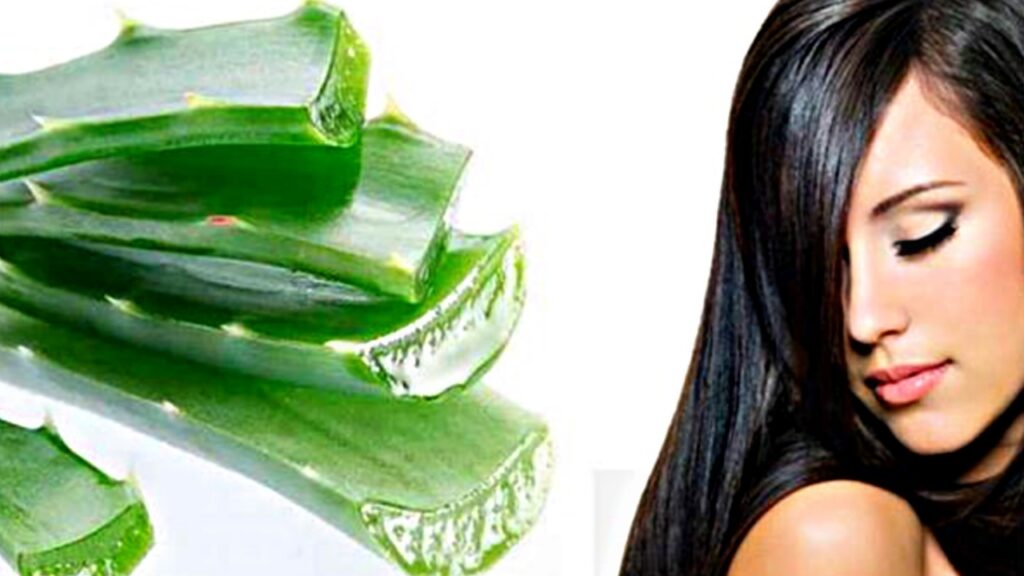White Discharge Problem in Women
White discharge shields the vagina from infections and maintains its health. This fluid can be thin, slightly sticky, or gooey and can be clear, white, or off-white. In order to maintain a clean and bacterial-free vagina throughout the day, it is produced by the glands inside the woman’s uterus, cervix, and vagina. Additionally, this white fluid aids in lubricating the tissues of the vagina.
Prior to periods, white discharge
Leukorrhea, or white discharge before periods, is common. It symbolizes the reproductive system’s good health and is typically brought on by hormonal changes that occur during the menstrual cycle.
On the other hand, the abundant white discharge can indicate a bacterial or yeast infection, which could cause burning, itching, or a bad odor. The illness known as bacterial vaginosis can result in a fishy-smelling, greyish-white discharge.
During pregnancy, is vaginal discharge considered normal?
Indeed, vaginal discharge during pregnancy is rather common. In certain cases, as the pregnancy goes on, women can notice an increase in white discharge. A healthy discharge should typically be thin, clear, or milky white, and it shouldn’t have a disagreeable odor.
However, if you notice any change in quantity, a bad smell, or a yellow or greenish tint, you should always seek medical advice.

The Menstrual Cycle
The consistency of vaginal discharge has been found to be influenced by a woman’s hormonal fluctuations during her menstrual cycle. For example, a woman’s ovulation discharge has a transparent, stretchy consistency. Because oestrogen levels are rising at this time, it is common for women to see a white, milky discharge every day. After ovulation, though, this consistency shifts and becoming thicker and whiter as progesterone levels increase.
solutions
The underlying reason determines how leucorrhea and white discharge are treated. The following are some efficient therapies and do-it-yourself solutions to deal with these problems:

Maintain Good cleanliness: Reducing discharge and preventing infections depend on maintaining good vaginal cleanliness. Avoid douching, which can upset the vaginal bacterial balance, and use gentle, unscented soaps.
Antifungal Treatments: Topical creams or oral drugs may be required if the white discharge is caused by a yeast infection. The infection may be lessened by over-the-counter antifungal medications such as fluconazole or clotrimazole.
Antibiotics for Bacterial Infections: Antibiotics like metronidazole or clindamycin may be administered to treat bacterial infections, including bacterial vaginosis, depending on the diagnosis.





